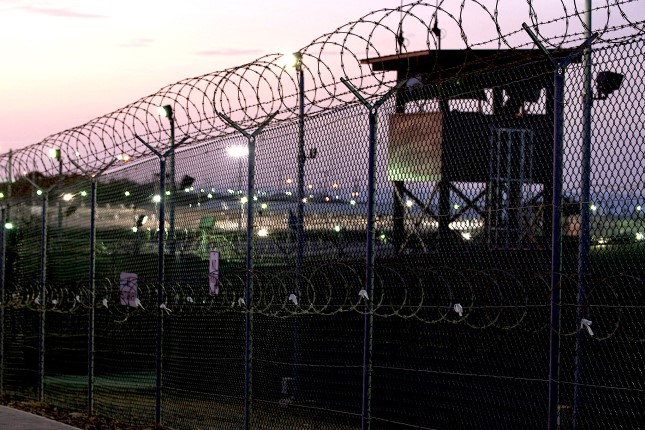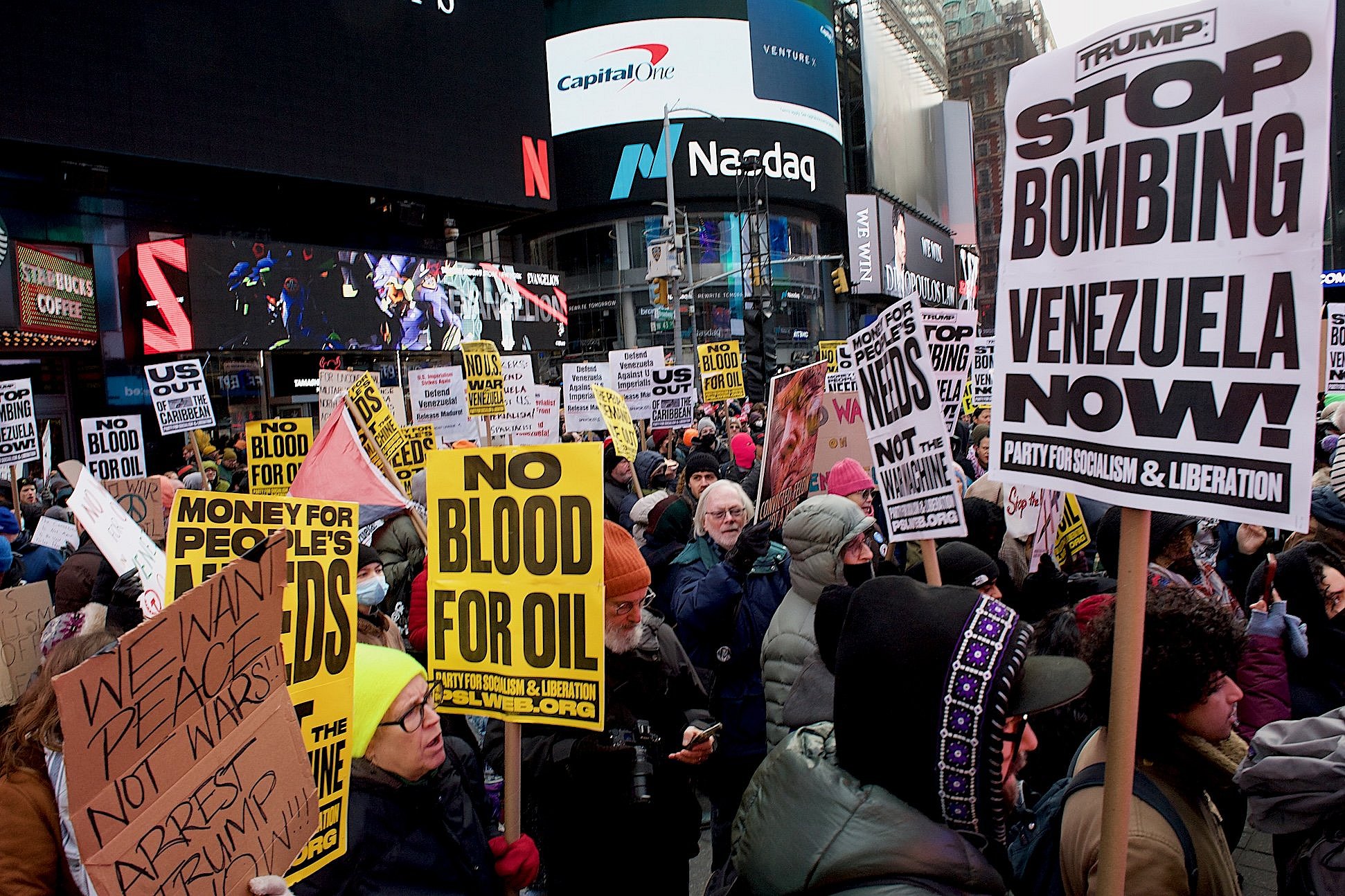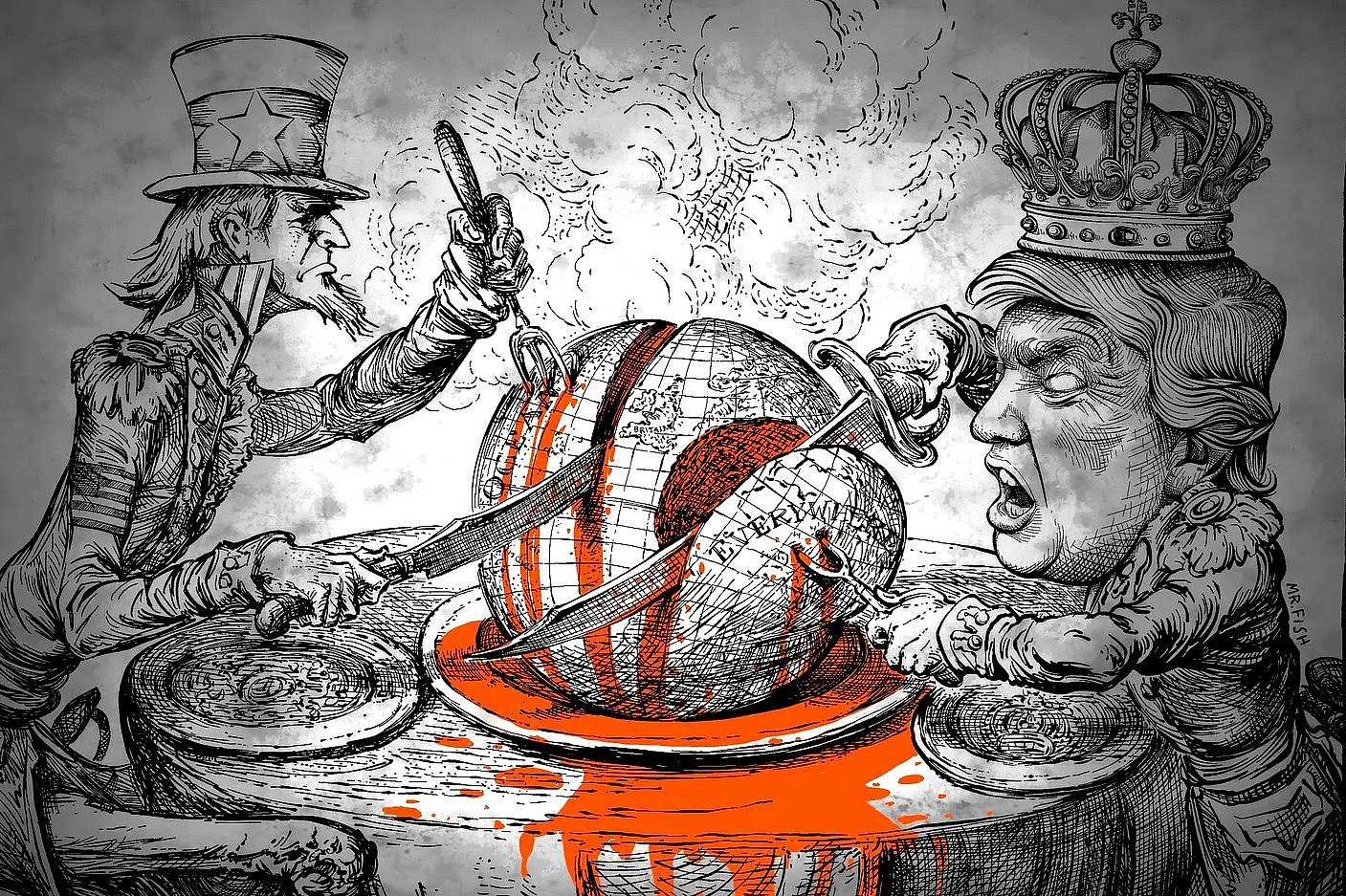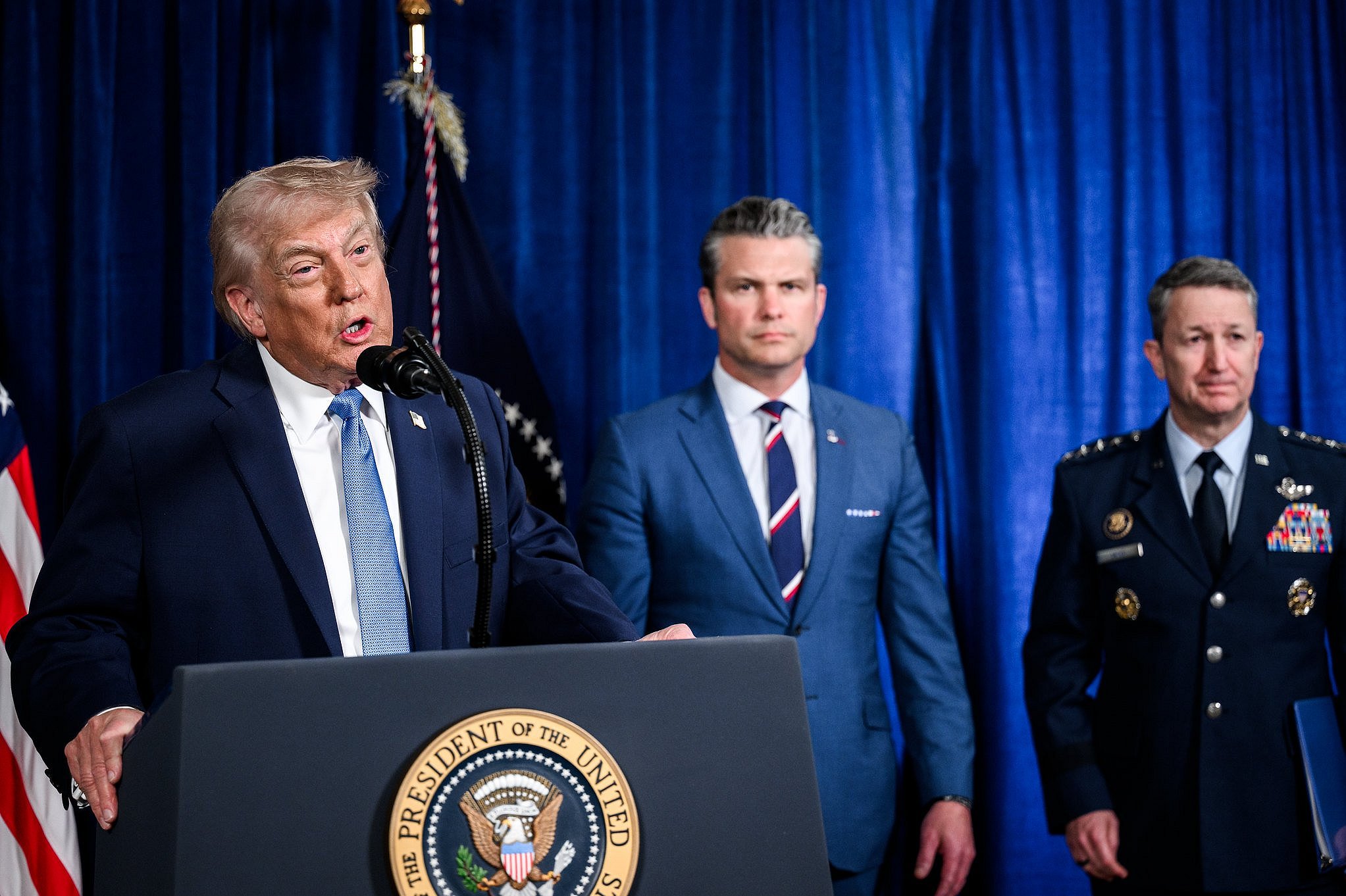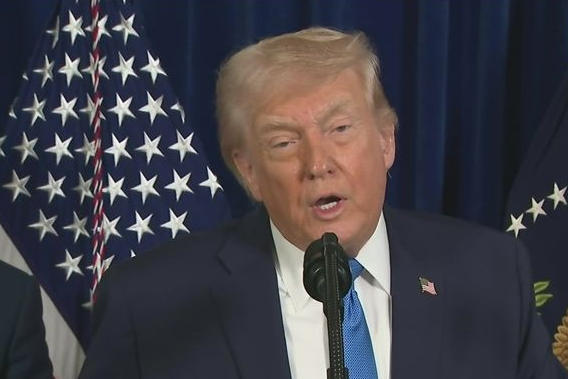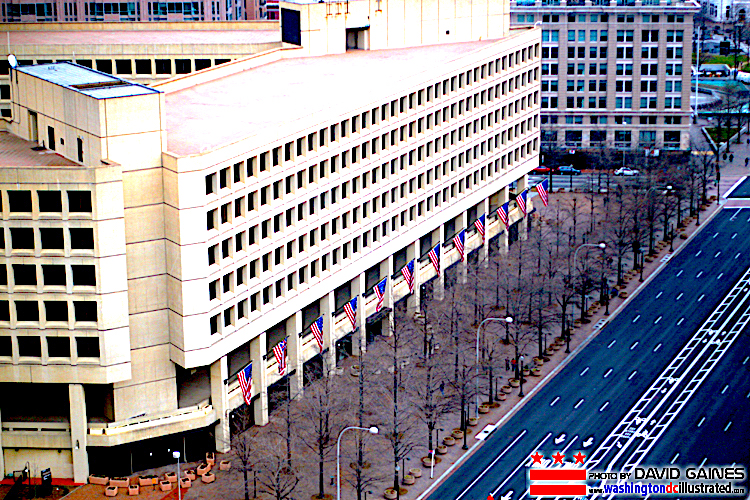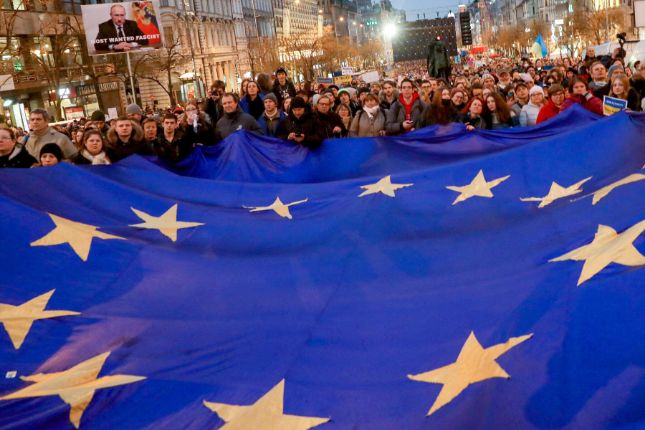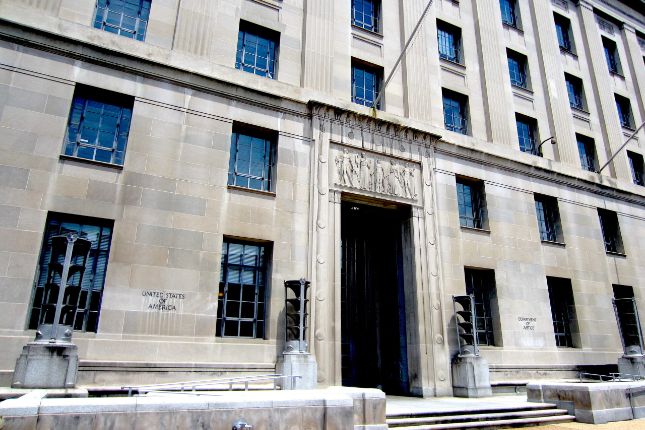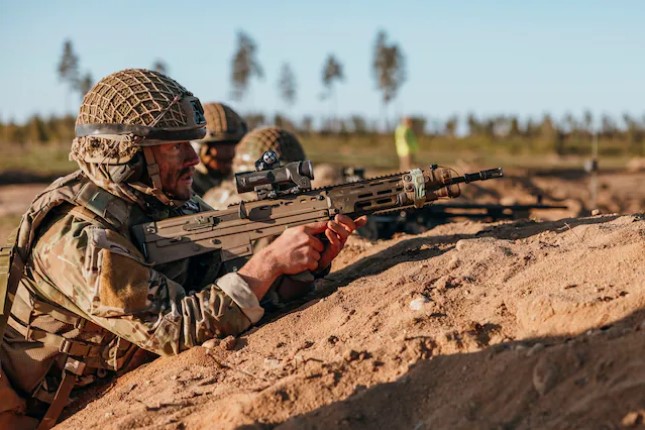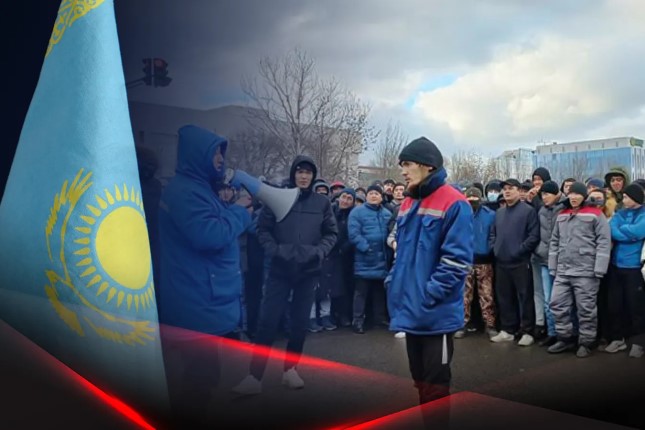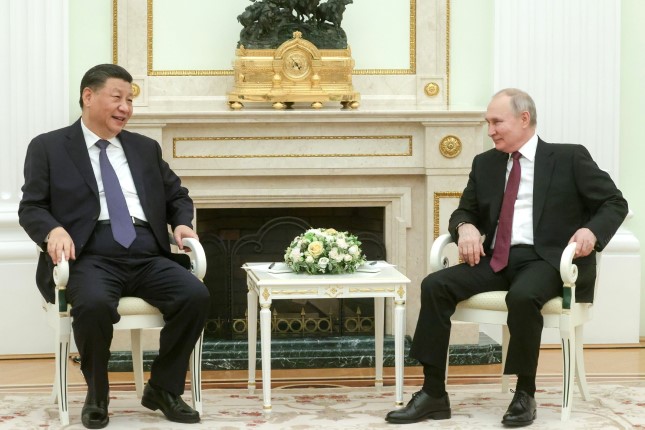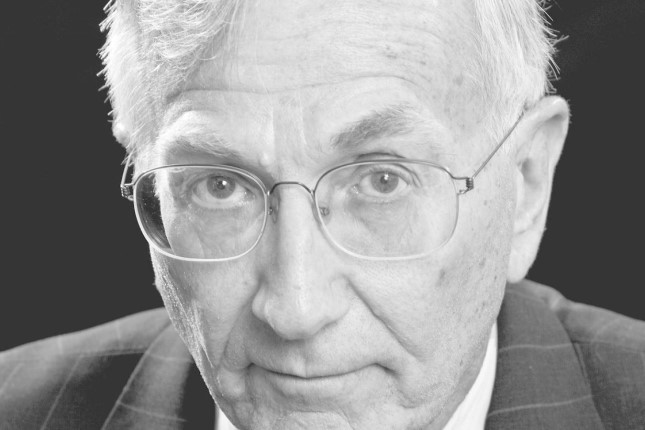A report published this week featuring previously unreleased drawings by Abu Zubaydah — a 52-year-old Saudi who has been imprisoned by the United States for more than 20 years at C.I.A. “black sites” and Guantánamo Bay — offers new insight into torture suffered by a man caught up in a case of mistaken identity.
The report — “American Torturers: FBI and CIA Abuses at Dark Sites and Guantánamo” — is based on sketches and descriptions by Zubaydah and other War on Terror torture victims and was led by Seton Hall University law professor Mark Denbeaux and University of California, San Francisco psychiatry professor Jess Ghannam, with the help of Seton Hall law students.
“Despite the efforts of the federal government, particularly the Central Intelligence Agency, to conceal evidence of the actual operation of the ‘enhanced interrogation techniques’ (EITs) deployed on detainees in dark sites and at Guantánamo, a steady drumbeat of disclosures has provided an unparalleled view into this disgraceful episode in the nation’s history,” the report states.
The report notes that Zubaydah’s drawings “viscerally convey the brutal reality the C.I.A. sought to hide with its calculated destruction of video recordings of torture conducted by its agents,” and “dovetail with the recent accounts of Dr. James Mitchell, a chief architect of the torture regime, who both wrote a book on EITs and testified in hearings on Guantánamo.”
“These sources, together with the report of the Senate Select Committee on Intelligence, provide the most complete — and compelling — account to date of America’s torture program” in the years after the Sept. 11, 2001, attacks on the United States, the publication states.
Born in Saudi Arabia, Zubaydah moved to the West Bank in Israeli-occupied Palestine as a teenager. He was captured by C.I.A., F.B.I. and Pakistani intelligence agents in Pakistan in late March 2002. Shot in the thigh, testicle and stomach during the raid that led to his capture, Zubaydah — who was mistaken for a high-ranking Al-Qaeda member — was transferred to C.I.A. “black sites” in Pakistan, Thailand, Afghanistan, Poland, Northern Africa and Diego Garcia. In September 2006, he was sent to Guantánamo Bay, Cuba, where he remains imprisoned.
Zubaydah was the first so-called high-value detainee to be tortured by U.S. agents, who treated him as a human guinea pig.
“Everybody agrees, they tortured the wrong guy; they went ahead anyway so they could get permission to torture other people,” Denbeaux told The Guardian, which on Thursday posted the report along with an article by Ed Pilkington on Zubaydah’s experience.
Cheney, Rice & Tenet Approved Zubaydah’s Torture
Then-Vice President Dick Cheney, National Security Adviser Condoleezza Rice and C.I.A. Director George Tenet gave the green light for U.S. agents to torture Zubaydah — even after learning that the prisoner was cooperative. During one discussion on the matter, then-Attorney General John Ashcroft reportedly remarked: “Why are we talking about this in the White House? History will not judge this kindly.”

July 10, 2001: From left: CIA Director George Tenet, Vice President Dick Cheney, National Security Adviser Condoleezza Rice and President George W. Bush meeting in the Oval Office. Photo: U.S. National Archives.
Zubaydah was subjected to the interrupted drowning technique known as “waterboarding” 83 times; rape under the pretext of “rectal feeding”; shackling in excruciating “stress positions”; sleep, sensory and food deprivation; confinement in small boxes; exposure to extreme temperatures and loud music; death threats; beatings and being slammed into walls; sexual and religious humiliation; and other abuses.
Most of the torture techniques approved by the George W. Bush administration — which included waterboarding, deprivation, stress positions, the use of loud music and dogs, slamming into walls, solitary confinement, and exposure to extreme temperatures — are illegal under both domestic and international law.
In addition to these approved EITs, U.S. military and intelligence personnel subjected terrorism detainees — many of them innocent men, women, and children — to additional abuses, including homicide, rape, imprisonment of relatives as bargaining chips, exposure to sometimes lethally extreme temperatures, and brutal beatings.
“Sexual assault was never approved, nudity was never approved, humiliation by having women present was never approved, and nor was subjecting someone to prolonged torture to the point of exhaustion or worse,” Denbeaux told The Guardian.
National Library of Medicine’s 2005 Report
According to a 2005 report by the National Library of Medicine — a federal agency — based on reviews of military documents, 26 War on Terror detainees died as a result of “criminal homicide,” although the paper did not say how many prisoners died on the battlefield or while in U.S. custody.
“Prisoners died of torture at Asadadad, Bagram, and Gardez in Afghanistan and at Abu Ghraib, Camp Whitehorse, Basra, Mosul, Tikrit, Bucca, and an unidentified facility in Iraq,” the report stated. “These cases do not include deaths due to medical neglect, mortar attacks on prisons, or the shootings of rioting prisoners.”
Zubaydah has never been charged with any crime or tried. He is what’s known as a “forever prisoner,” as the U.S. has no plans to release him.
Last month, the United Nations Working Group on Arbitrary Detention called for Zubaydah’s immediate release while asserting that his continued imprisonment violates the “fundamental rules of international law” and “may constitute crimes against humanity.”
Thirty men remain imprisoned at Guantánamo. Only one has been convicted of a crime. Ten have cases pending before what former military prosecutors have called “rigged” military tribunals, while 16 have been approved or recommended for release.
The administration of President Joe Biden — who has expressed intent to close Guantánamo — has overseen the transfer of a handful of Gitmo prisoners to third countries.
Denbeaux said that “Abu Zubaydah is the poster child for America’s torture program.”
“He was the first person to be tortured, having been approved by the Department of Justice based on facts that the C.I.A. knew to be false,” Denbeaux noted. “His drawings are the ultimate repudiation of the failure and abuses of torture.”
Main photo: The guard tower at Guantanamo Bay Detention Camp Delta in Cuba, 2010 © Joint Task Force Guantanamo / Flickr / CC BY-ND 2.0.
Source: Consortium News.
